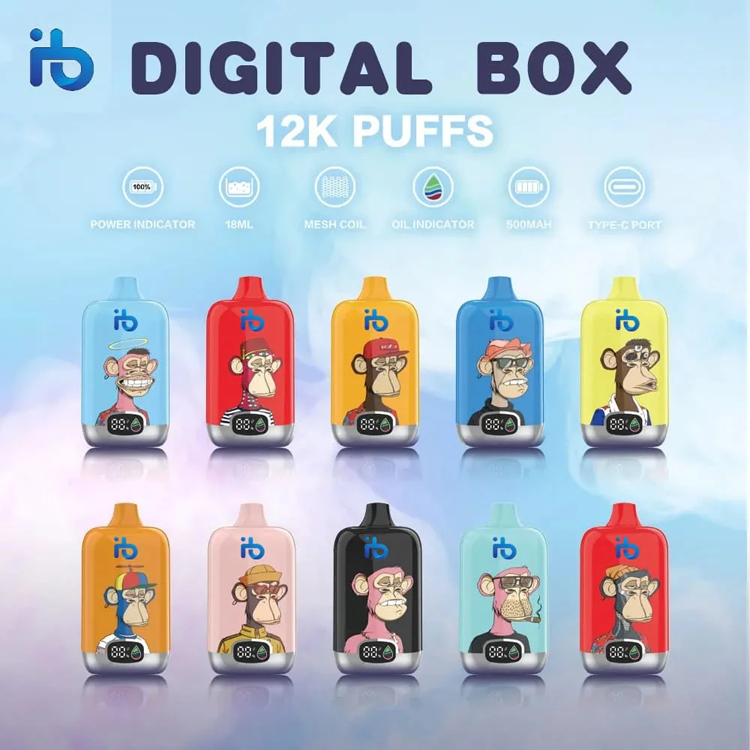Electronic cigarettes, commonly known as e-cigarettes, have become increasingly popular among smokers and vapers looking for an alternative to traditional tobacco products. But what exactly is inside these modern devices? Understanding what’s inside can help consumers make informed choices about usage and safety.
Main Ingredients in E-Liquids
E-liquids are the substance vaporized by e-cigarettes. They generally include four primary ingredients: propylene glycol (PG), vegetable glycerin (VG), nicotine, and flavorings. Each component plays a specific role in the vaping experience.
- Propylene Glycol (PG): This is a colorless, odorless liquid considered safe for consumption by food authorities. It’s responsible for carrying flavor and providing the ‘throat hit’ similar to smoking.
- Vegetable Glycerin (VG): VG is a thicker liquid contributing to vapor production. Its sweetness can impact the overall flavor of the e-liquid.
- Nicotine: The addictive element of e-liquids, nicotine levels can vary, allowing users to control their intake.
- Flavorings: A wide array of food-grade flavorings are used, providing a variety of taste options.
Exploring Additives
While the main ingredients are straightforward, e-liquids may contain additional substances such as distilled water, alcohol, and sweeteners to enhance the vaping experience. These additives play crucial roles in ensuring the optimal performance and flavor of the e-cigarette.
Synthetic flavorings often provide a high level of customization and variety, appealing to different user preferences.
Components of the Device
E-cigarettes themselves consist of several key components, including the battery, atomizer, and cartridge or tank, becoming essential parts of the whole vaping system.
- Battery: This powers the e-cigarette, allowing the atomizer to heat the e-liquid, turning it into vapor.
- Atomizer: Responsible for heating the e-liquid, the atomizer’s efficiency can impact the flavor and vapor produced.
- Cartridge/Tank: This holds the e-liquid, with styles varying from disposable cartridges to refillable tanks.
Safety Considerations
Knowing what’s in electronic cigarettes helps users weigh safety concerns. Although considered less harmful than traditional smoking, e-cigarettes are not without their risks. The presence of nicotine, a recognized addictive substance, can pose health risks, particularly for young users and non-smokers starting to vape.
Regulatory Outlook
With the growth of the vaping industry, regulations have tightened, aiming to ensure consumer safety and transparency in ingredient labeling. Adhering to updated regulations and using products from reputable manufacturers reduces risk, providing more peace of mind.

FAQs
Are e-cigarettes safer than regular cigarettes? E-cigarettes may be less harmful as they don’t produce tar, but the presence of nicotine means addiction and other health risks remain.
E-cigarettes may be less harmful as they don’t produce tar, but the presence of nicotine means addiction and other health risks remain.
What’s the role of flavorings? Flavorings provide a range of tastes, making vaping customizable, though some flavors might pose additional health risks when heated and inhaled.
